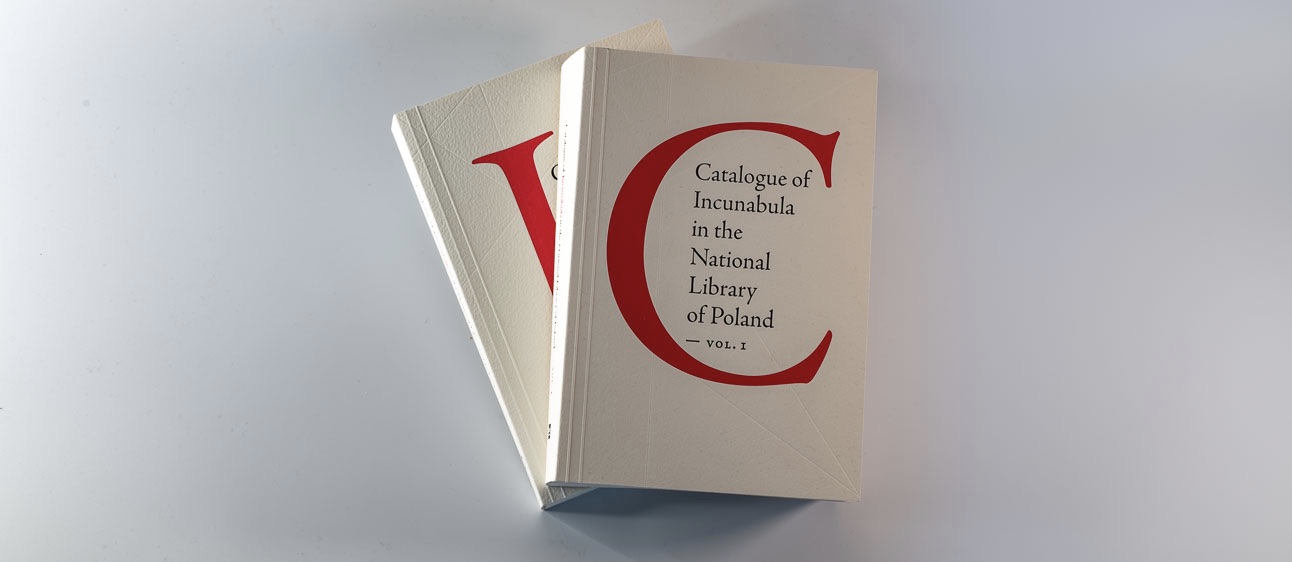New publication: Catalogue of Incunabula in the National Library of Poland

The two-volume English-language Catalogue of Incunabula in the National Library of Poland details the collection of fifteenth-century prints held by the BNP, the sixth-largest such collection in Poland (1,131 copies of 1,034 printed editions). This new publication continues the tradition of research into the oldest surviving examples of printing, begun by Kazimierz Piekarski before the Second World War. Perhaps the greatest achievement of this tradition so far was the publication of the central catalogue of all incunabula in Poland; now it is the turn of the collection of the National Library, presented here in great detail.
The Catalogue of Incunabula in the National Library of Poland was compiled by Michał Spandowski in collaboration with Sławomir Szyller, translated into English by dr. Elżbieta Olechowska. Descriptions of the bindings are by Maria Brynda. The National Library of Poland has a cooperation agreement with the Berlin State Library dating from 2011, thanks to which the Catalogue has been reviewed by Dr Falk Eisermann, head of the Gesamtkatalog der Wiegendrucke (Union Catalogue of Incunabula) in Berlin, whose division is the leading body dealing with the global bibliography of fifteenth-century prints. Paul Schweitzer-Martin, expert in incunabula at the University of Heidelberg, helped produce the English version. It was decided to publish in English due to the international nature of research in this field and so that the Catalogue would reach a wider audience.
The Catalogue describes incunabula from a number of important historical collections, including the famous Biblioteka Ordynacji Zamojskiej (Count Zamoyski Family Library) and the Count Tarnowski Family Library in Dzików. It includes descriptions of objects saved from the pre-War collection of the National Library, almost completely destroyed following the Warsaw Uprising. The Catalogue further adds to our bibliographic knowledge of fifteenth-century printing by presenting a number of unique items not covered in the existing literature. It also contains specialised descriptions of the medieval manuscripts that are bound together with the incunabula, and selected post-incunabula.
The second volume of the Catalogue contains a number of research tools making it easier to use the over 1,000 individual descriptions in the first volume. In addition, two provenance indexes provide extensive information on the former owners of the incunabula, with individual owners listed separately from institutions such as libraries, monasteries and churches.
The Catalogue of Incunabula in the National Library of Poland is available from the online bookshop of the National Library of Poland.